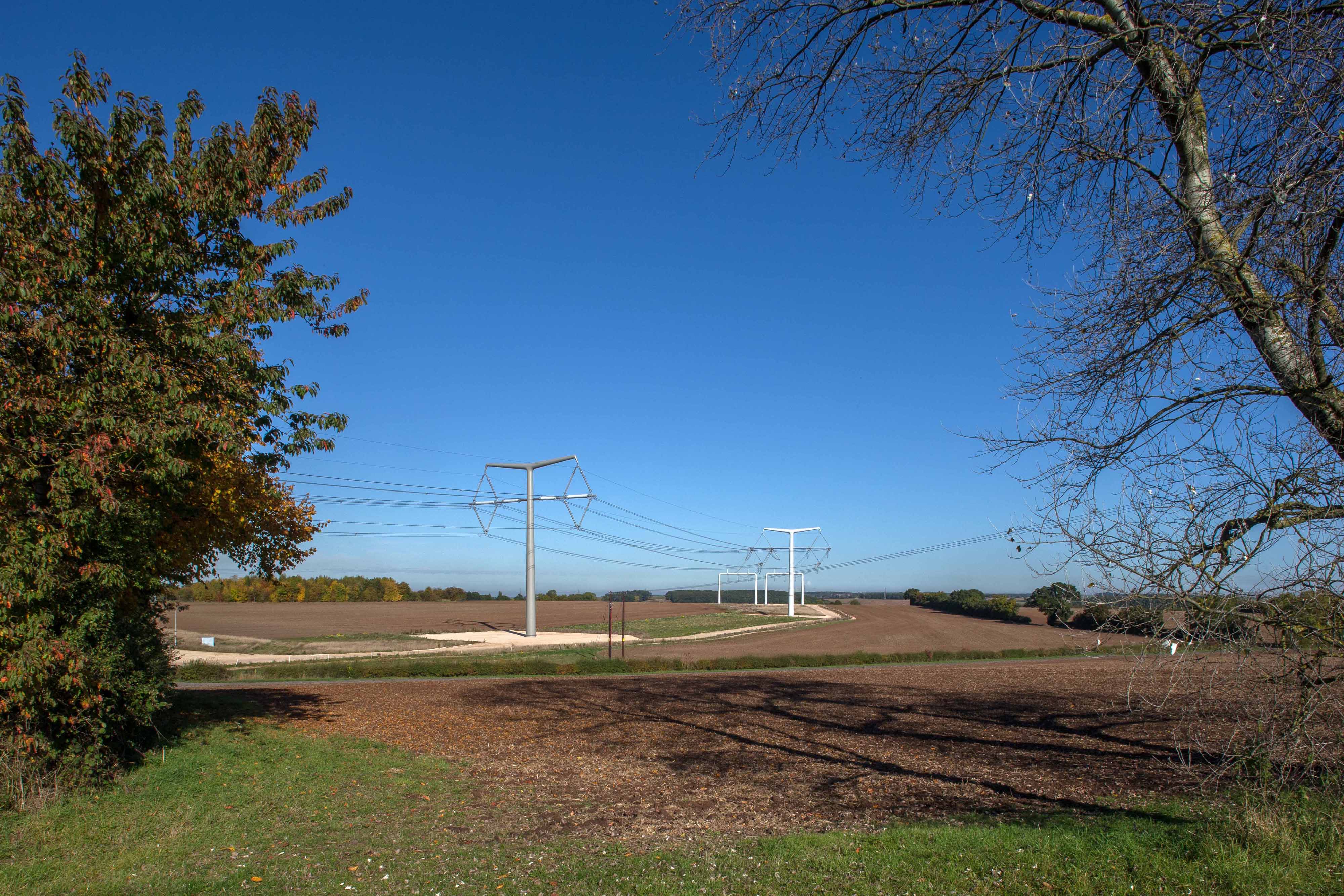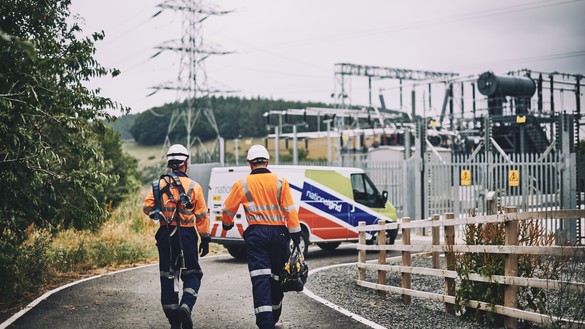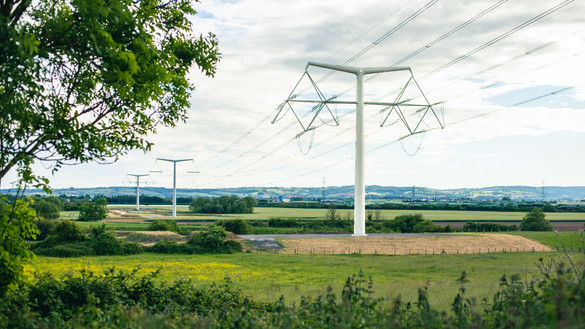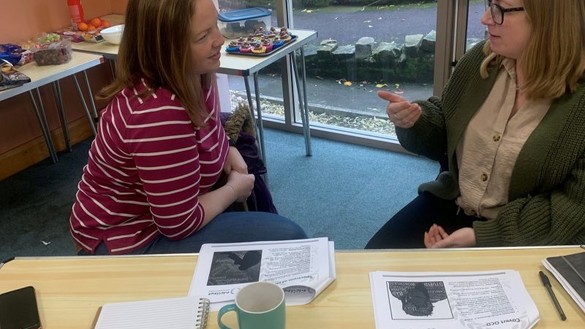
Locating pylons
The T-pylon is the most significant change to pylon design since the 1950s but it’s not a replacement for traditional lattice pylons or other forms of connection – such as underground connections – which will still have a role to play in carrying electricity. Here, Ian Grimshaw, Director at planning and design experts TEP Ltd, outlines the considerations that guide when and how T-pylons might be used.
TEP has been working with National Grid on the project to connect the new Hinkley Point C nuclear power station to the UK’s electricity transmission network. Hinkley Point C is the first new nuclear power station in a generation and an important step in the UK’s move towards a low-carbon energy mix, but it could also be the first time National Grid will use the T-pylon in a live environment, so it’s a very exciting project.
Our role in the Hinkley Point C Connection project has been to undertake an Environmental Impact Assessment (EIA), which is part of National Grid’s Development Consent Order (DCO) – our planning application to the Planning Inspectorate. A number of factors determine the most appropriate type of connection– overground, underground or even offshore – but once this has been settled, the EIA process assesses the various impacts a project could have on the environment – from how construction might affect a wildlife habitat through to what it will look like, and how that might affect the characteristics of an area..
The T-pylon might do everything a traditional lattice pylon does – it carries electricity from a source of energy to your homes and businesses – but it’s the most significant change to a pylon design since the development of the original structures in the 1920s. This means it introduces a number of new factors we need to consider when looking at where it’s most appropriate to use the T-pylon as an alternative to the lattice structure.
It’s the most significant change to a pylon design since the development of the original structures in the 1920s.
– Ian Grimshaw, Director, TEP Ltd.
For example, landscape type is important. There are four main landscape types we need to consider when locating pylons – flat open spaces, valleys, ridges and hill tops. The T-pylon presents us with an opportunity to reduce the visibility of an overhead connection in some areas. For example, in a flat landscape, a T-pylon’s lower height can mean it’s less visible over a greater distance but on a ridge, its column and cross beam could make it more visible against its background. Likewise, on a hill against the sky its solid structure may make it stand out but its lower height and narrow side elevation could counteract that.
Alongside backgrounds, screening and distance, the presence of other overhead lines in the immediate area can influence the choice of pylon. For example, if there are already a number of overhead lines using steel lattice towers, introducing further lattice towers would be more in keeping with the existing look and feel. However, the T-pylon shares some similarities with monopole structures such as telegraph poles– and in an environment where the monopoles already exist, the T-pylon could be a more sympathetic addition. What’s important, however, is that we avoid switching between T-pylon and lattice pylon too often on the same line, as this would draw attention to an overhead line, rather than help it to blend in with an environment.
Ultimately, this is what drives us – ensuring that any impacts on an environment are factored in to a planning application and managed wherever possible. There will never be a simple formula for working out when and where to use a T-pylon – or any other form of connection – but what’s important is that it provides us with another alternative when considering local feedback, input from local communities and organisations, and both financial and environmental considerations in order to minimise the potential impact a new connection could have on an area. For this reason, it’s a truly exciting new innovation we’re able to use.


